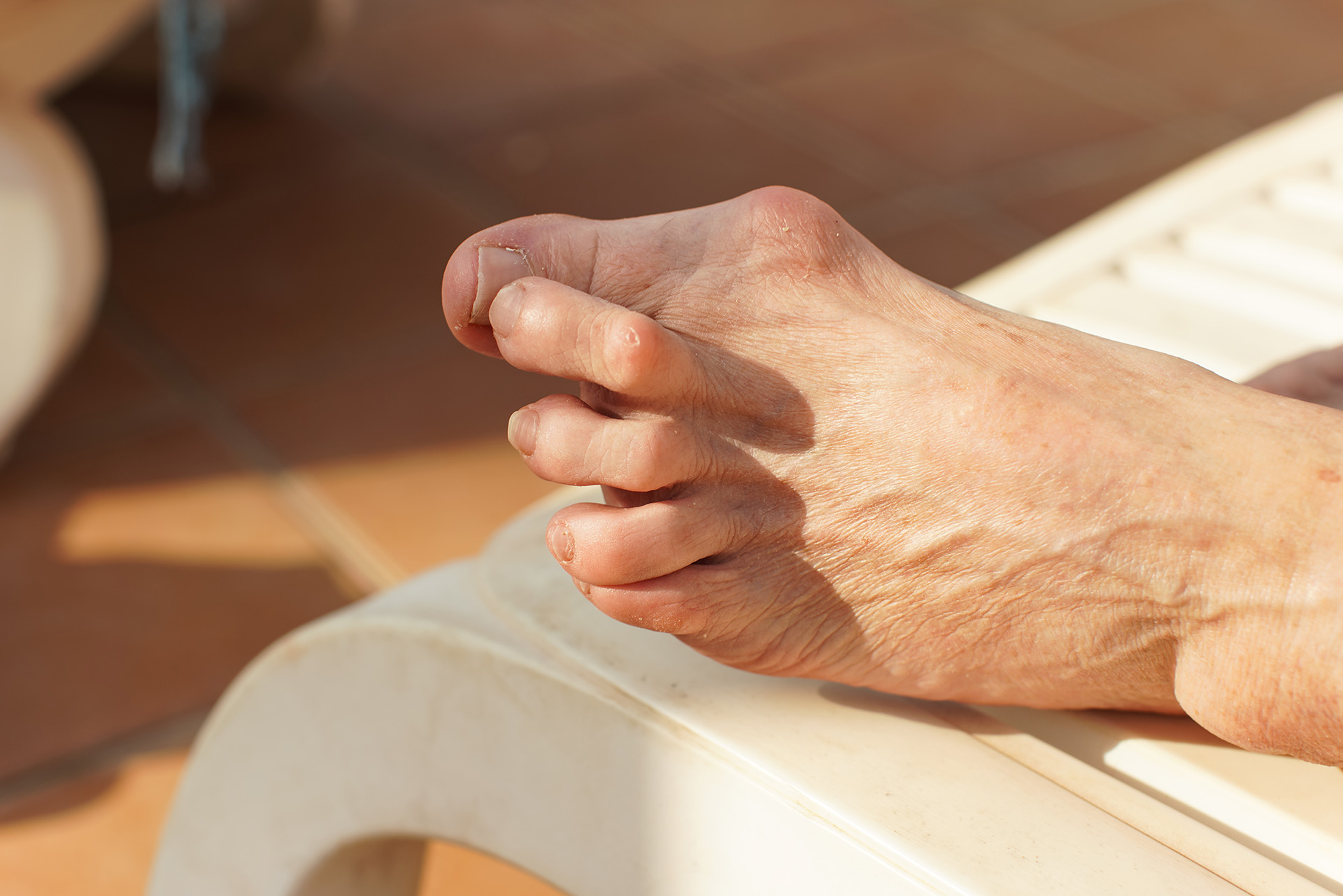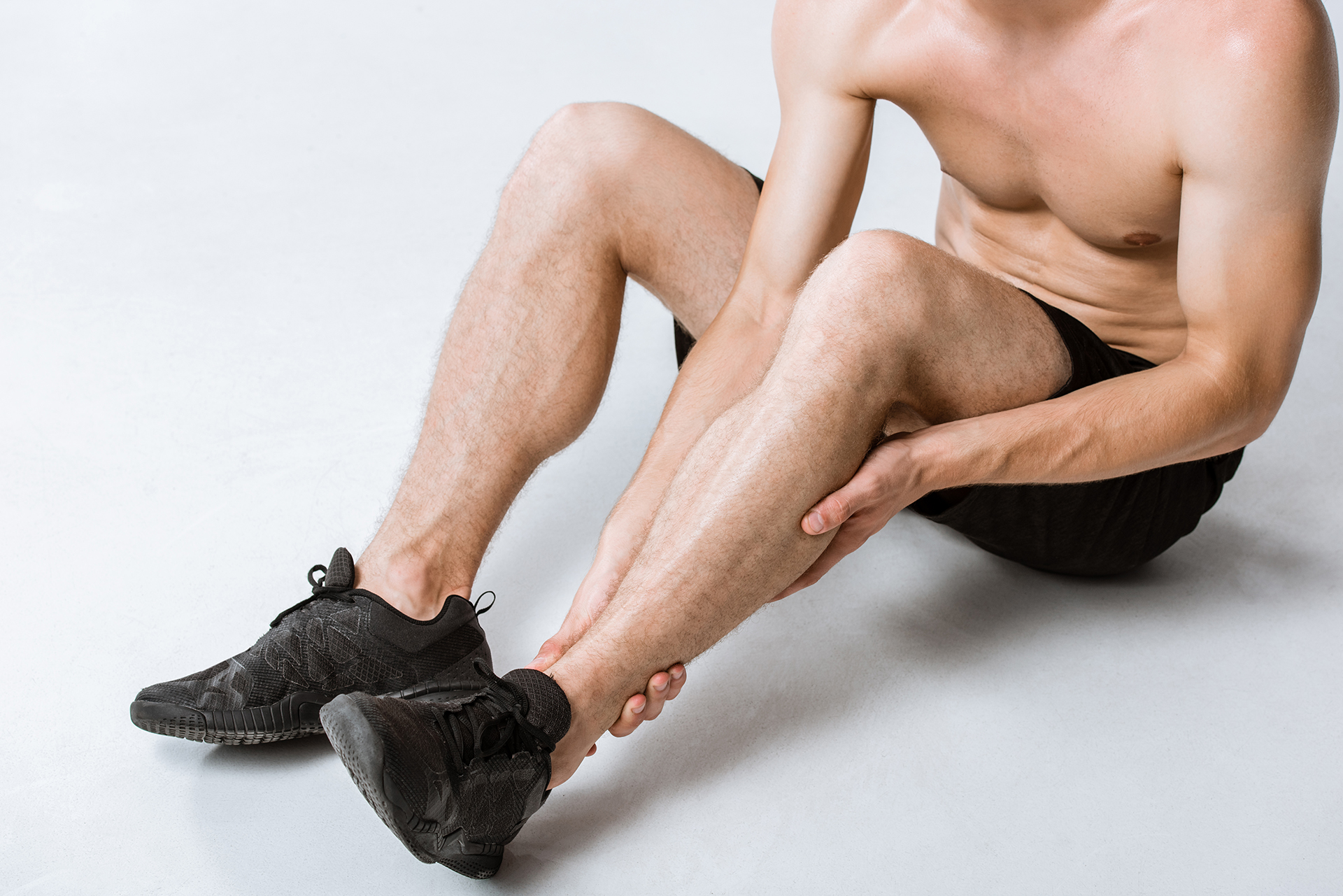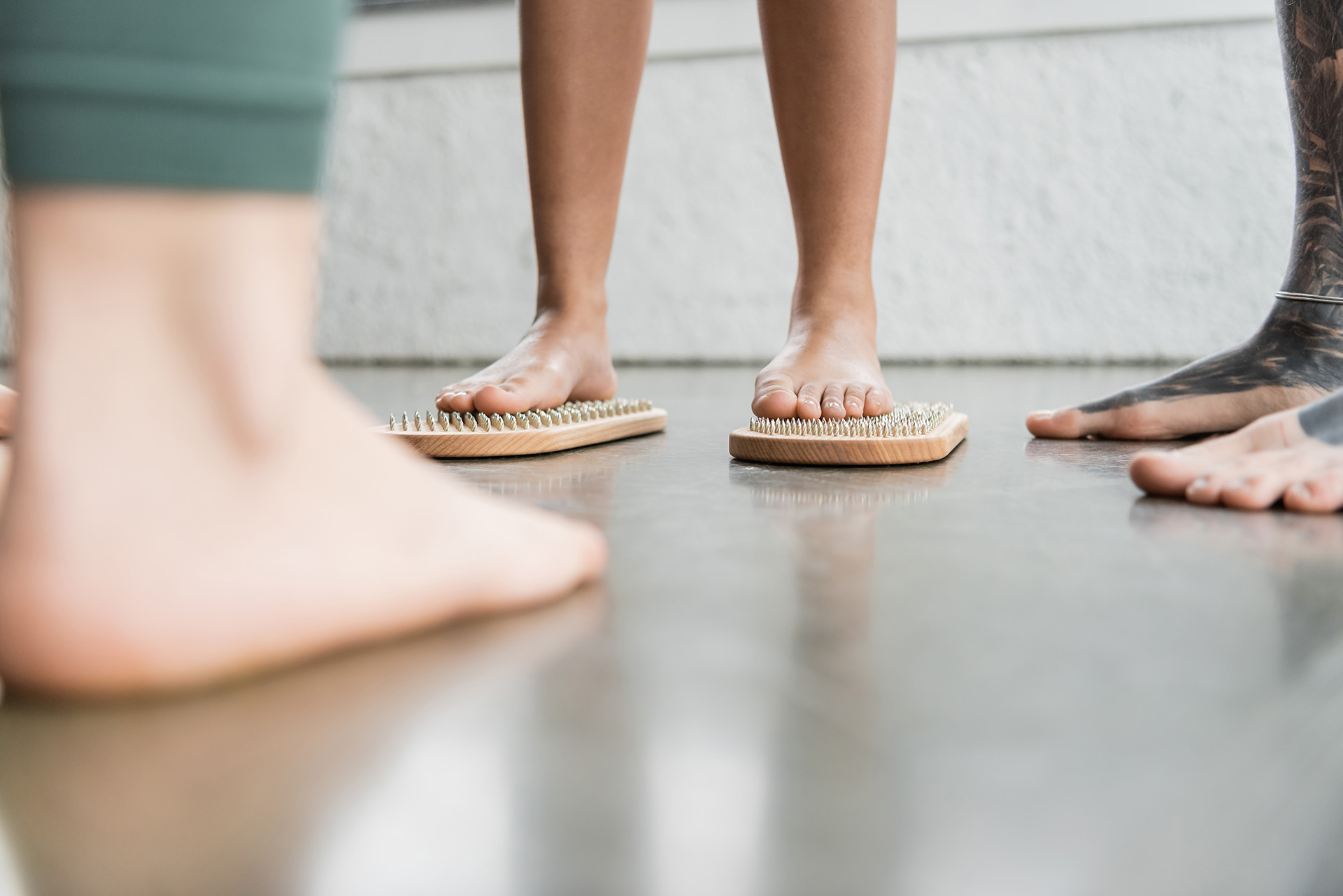Heel pain is one of the most common complaints among adults, particularly among runners and individuals who spend a lot of time on their feet. When the pain may come from the heel bone itself, it’s called calcaneus pain. The calcaneus is the biggest bone in the foot and provides the foundation for balance, mobility and shock absorption with every step. Pain in this area can disrupt daily movement, affect posture, and limit physical activity if left untreated. Understanding the causes of calcaneal pain and identifying the best treatment options is the first step toward regaining comfort and preventing chronic issues.
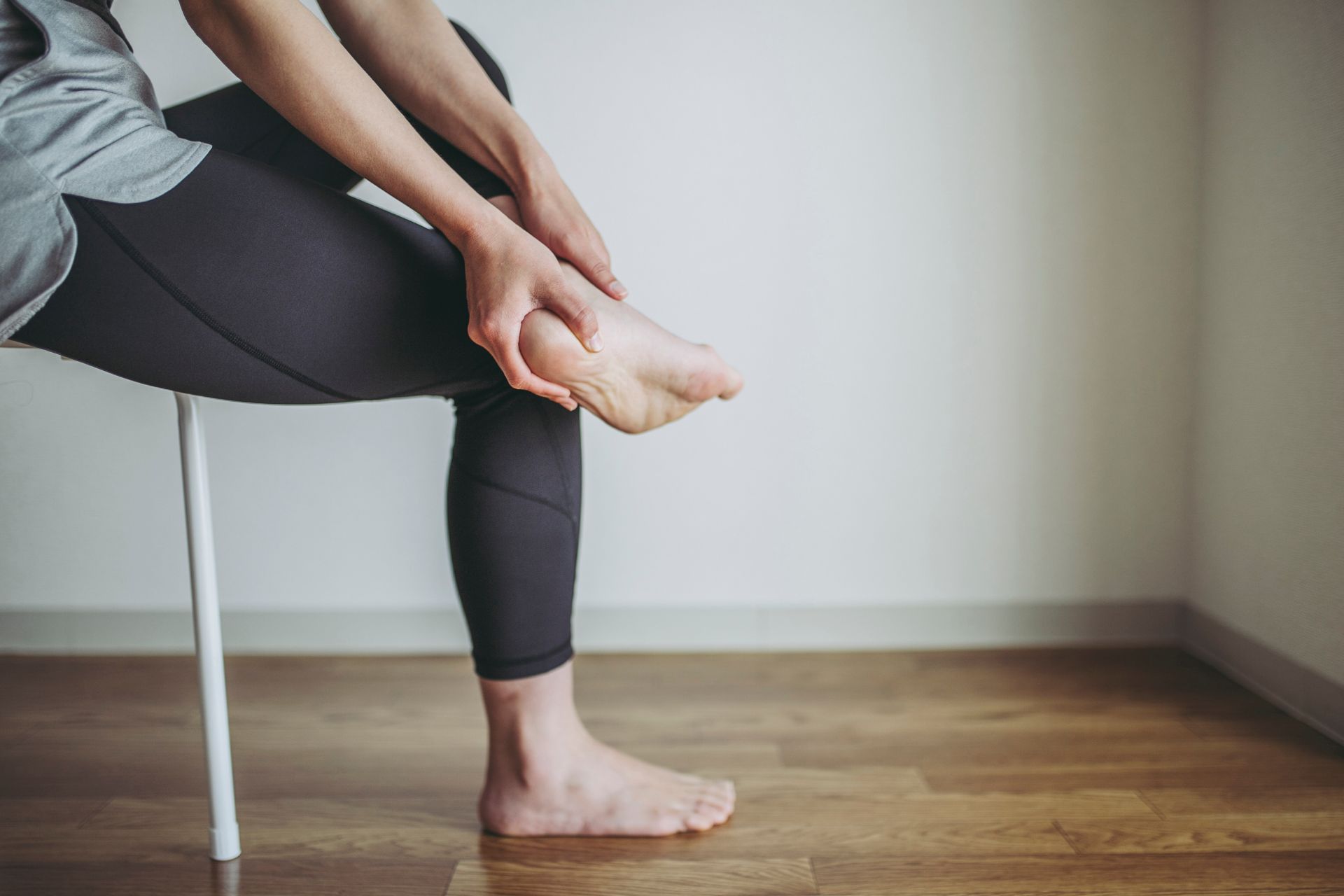
Understanding Calcaneus Pain
The calcaneus sits beneath the ankle joint and supports the body’s weight when you walk, run and stand. Because it’s under constant pressure, even a minor irritation can cause persistent heel pain. Calcaneus pain in the morning is widespread, often felt as a sharp, stabbing sensation or pain beneath the heel with the first steps after waking. The pain usually eases with movement but can return after long periods of rest or activity. Prolonged standing throughout the day can also exacerbate calcaneus pain, with worsening symptoms as the day progresses.
While calcaneal pain may seem minor at first, ongoing stress or inflammation can worsen over time. If left untreated, it can lead to secondary complications such as altered gait mechanics, ankle strain, knee and hip pain, or even a stress fracture. That’s why it’s important to see a specialist to diagnose and manage your calcaneus pain early.
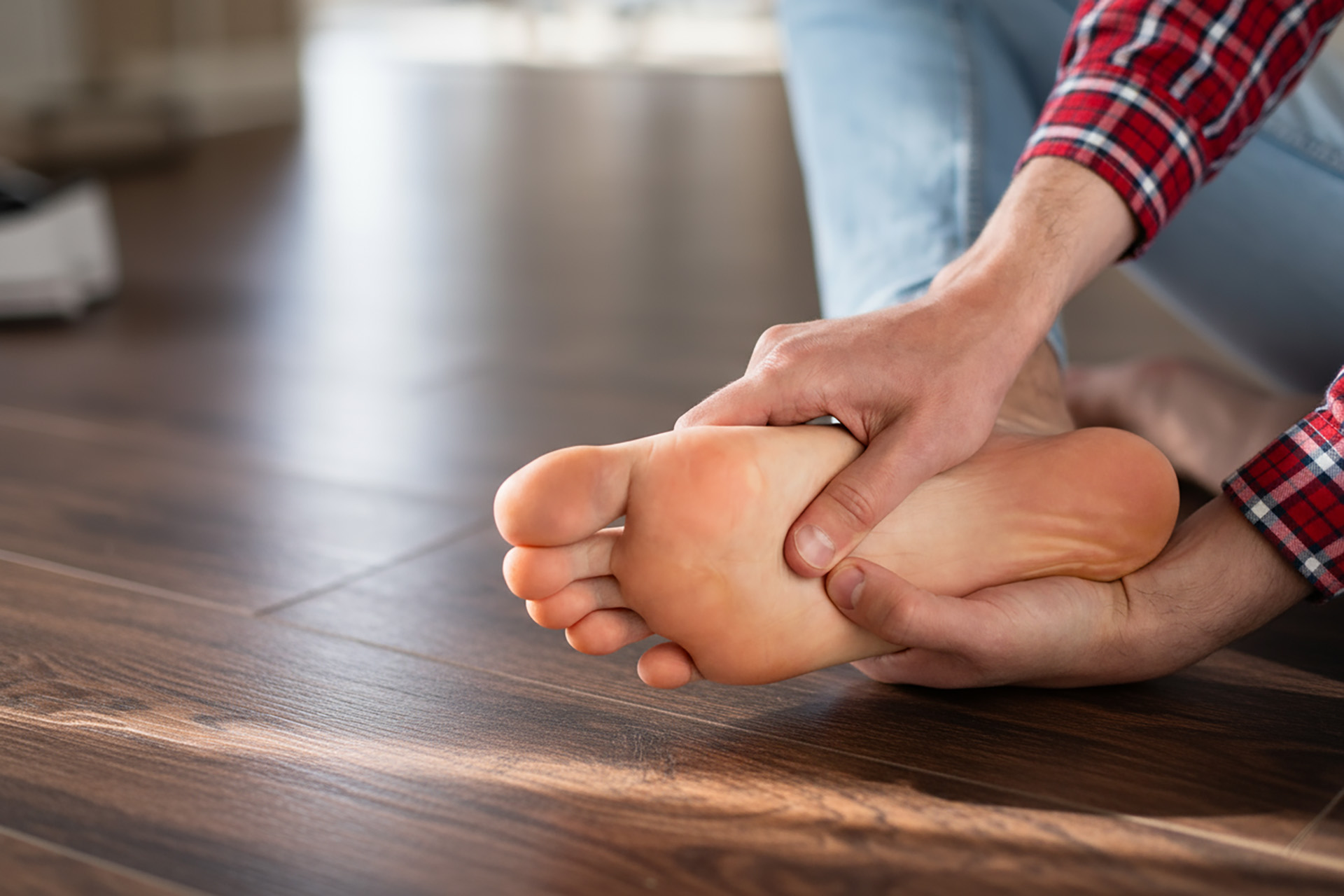
Common Calcaneus Pain and Plantar Fasciitis Causes
The causes of calcaneus pain vary, but most often it is due to biomechanical stress, overuse, or injury. Among the most common causes of calcaneus pain is plantar fasciitis, a condition where the connective tissue along the sole becomes inflamed. This inflammation puts stress directly on the heel bone, especially at the point where the tissue attaches to the heel.
Nerve entrapment is another common cause of heel pain, particularly when it involves the posterior tibial nerve. Conditions such as tarsal tunnel syndrome can compress nerves, leading to symptoms such as burning, numbness, or tingling in the heel or the middle of the foot.
Another contributor is Achilles tendinitis, which affects the back of the heel where the tendon connects to the calcaneus. The Achilles tendon connects the calf muscle to the heel bone, and repetitive strain from running, jumping, or wearing poorly fitted shoes can cause microtears and swelling, leading to pain with movement or pressure. Risk factors for Achilles tendinitis are age, increased activity and abnormal foot structure.
Heel spurs, a type of bony growth, form where soft tissue meets bone and can further aggravate pain by irritating the surrounding tissue. Heel spurs are often associated with plantar fasciitis and are caused by calcium deposits on the heel bone due to stress. In severe cases, bone spurs may require surgical removal if conservative interventions fail.
Other less common but significant causes include calcaneal stress fractures, retrocalcaneal bursitis (often associated with Haglund’s deformity) or inflammation from systemic conditions such as rheumatoid arthritis.
In children and adolescents, Sever’s disease (also known as calcaneal apophysitis) is a common cause of posterior heel pain due to overuse and tight tendons.
At The Foot Practice, podiatrists investigate the specific cause of heel pain through detailed biomechanical analysis. The RehaWalk® pressure sensor treadmill is a key tool in this diagnostic process, as it allows our specialists to assess how the foot loads with every step, identifying imbalances that contribute to strain on the heel bone.
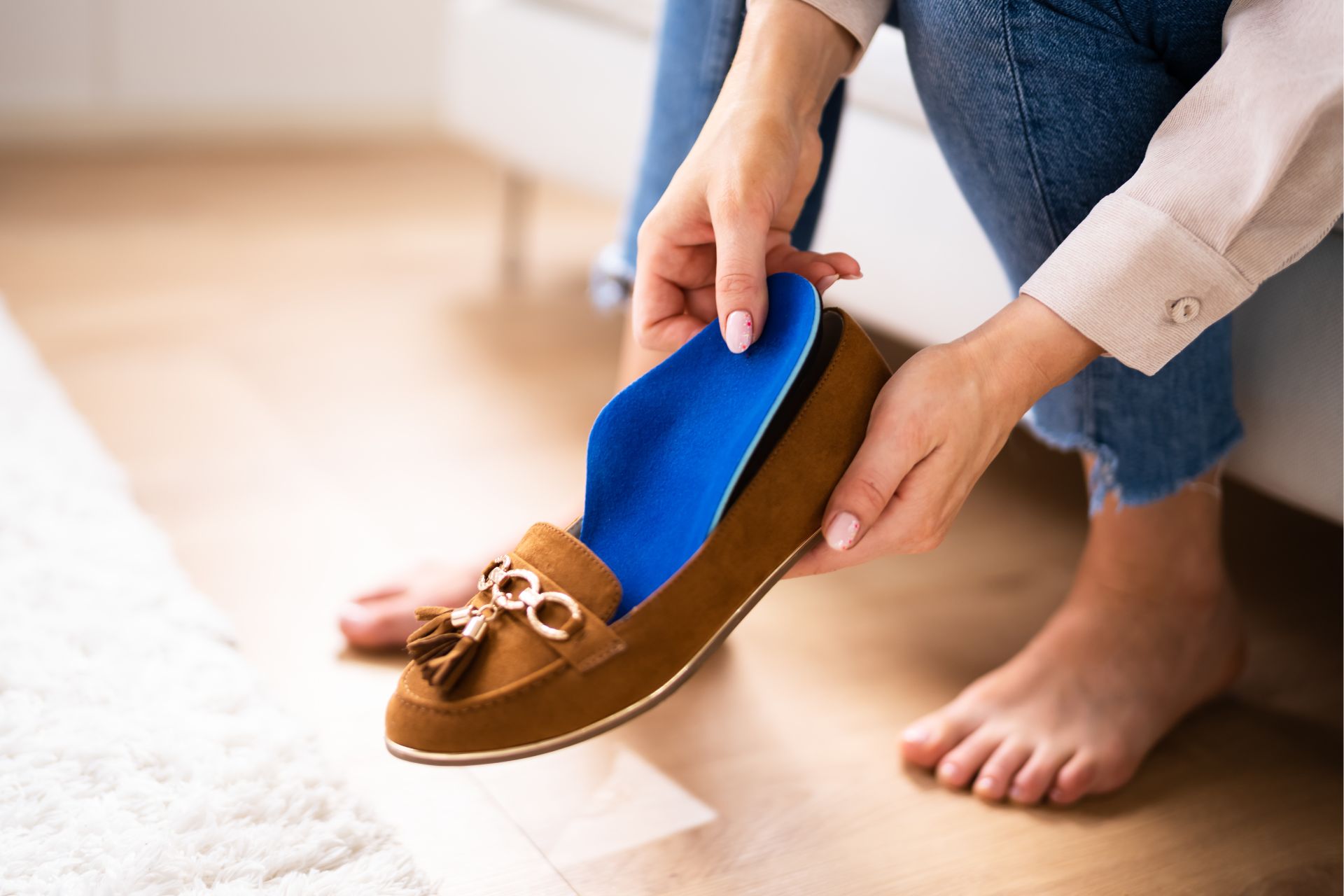
Why Calcaneus Pain Is Worse in the Morning
Many patients experience heel pain in the morning because the fascia and tendons tighten during rest. Overnight, these tissues contract slightly, and when weight is applied again upon waking, the sudden stretch triggers sharp pain. The pain is typically felt beneath the heel. The discomfort usually improves with movement as the tissue warms and stretches, but may recur later in the day after periods of inactivity or prolonged standing.
Persistent morning heel pain should never be ignored, even if it subsides as the day progresses. It often indicates chronic inflammation or underlying biomechanical dysfunction that requires professional evaluation. Early intervention helps prevent progression to more serious injuries, such as partial tears or calcaneal stress fractures.
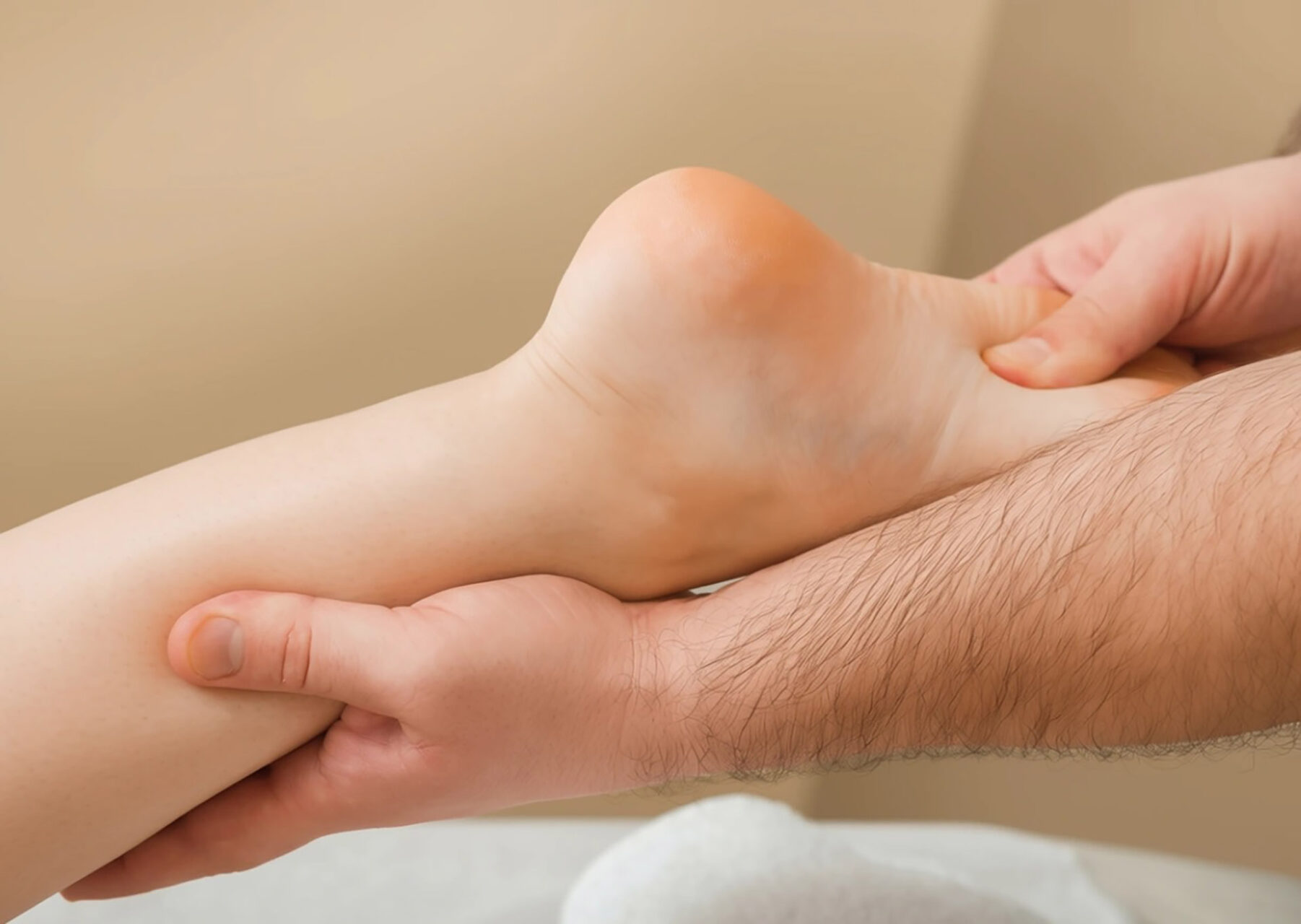
Calcaneus Pain Diagnosis
Proper diagnosis is key to effective management and recovery of calcaneus pain. This process begins with a comprehensive physical examination, during which the podiatrist palpates the heel to identify tender points and assess the foot’s structure. Gait analysis provides valuable information on how the heel interacts with the ground during walking or running.
In some cases, imaging techniques such as X-rays or ultrasounds may be used to rule out bone fractures, heel spurs, or soft-tissue injuries. For chronic or complex heel pain, a combination of diagnostic tools, including the RehaWalk gait analysis system, provides a comprehensive picture of the underlying mechanics.
When patients present with neuropathic symptoms such as tingling, burning or numbness, clinicians should consider tarsal tunnel syndrome and nerve entrapment of the posterior tibial nerve as possible causes. If these symptoms are present, specific diagnostic tests may be required, such as nerve conduction studies or the Tinel sign (a pins-and-needles sensation), to confirm involvement. A proper diagnosis is vital to guiding an intervention strategy. Otherwise, the underlying cause can remain untreated, continuing to wreak havoc on your feet.
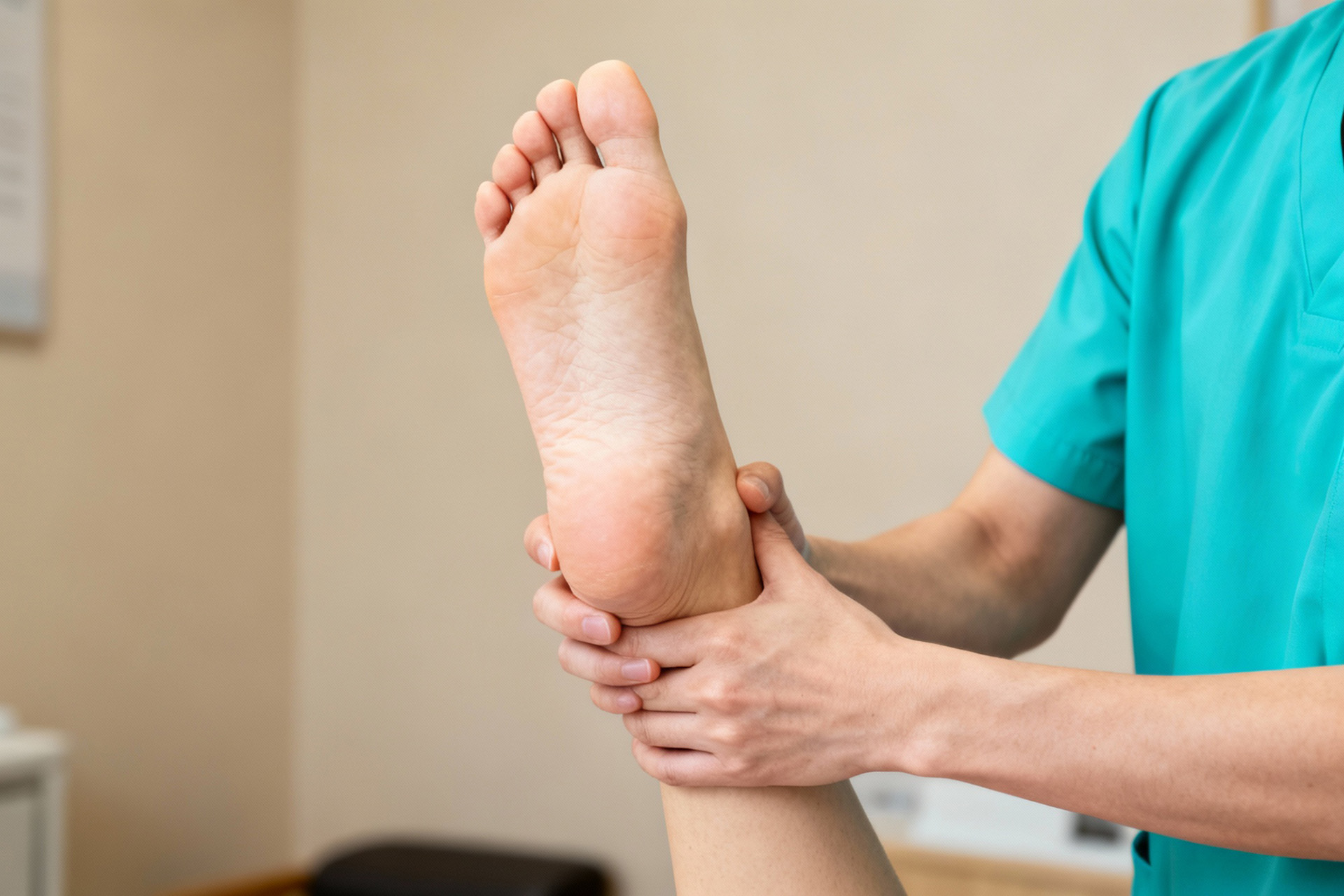
Calcaneus and Heel Pain Management
Calcaneal pain management must address both the pain and the biomechanical factor causing it. The goal of heel pain management is to reduce pain and restore function. In most cases, non-surgical treatments for calcaneus pain are effective when applied correctly.
Custom Orthoses and Footwear Assessment
Custom orthoses play a crucial role in redistributing pressure across the foot and providing arch support, thereby reducing stress on the heel bone. Supportive shoes are also important for heel pain, as they stabilise the foot, reduce stress on the plantar fascia, and prevent the recurrence of discomfort. During a footwear assessment, podiatrists examine current shoe fit and function, recommend changes to support the heel’s alignment and may suggest additional orthotics or insoles for optimal support.
Heel lifts are another orthotic option that can be used to reduce pressure on the Achilles tendon, alleviate pain and support recovery in cases of Achilles tendinopathy.
Women who regularly wear high heels or narrow shoes may benefit from discreetly fitted orthoses for dress shoes, providing comfort without compromising style. Runners and athletes may require performance orthoses that absorb impact and correct overpronation or supination patterns detected during gait analysis.
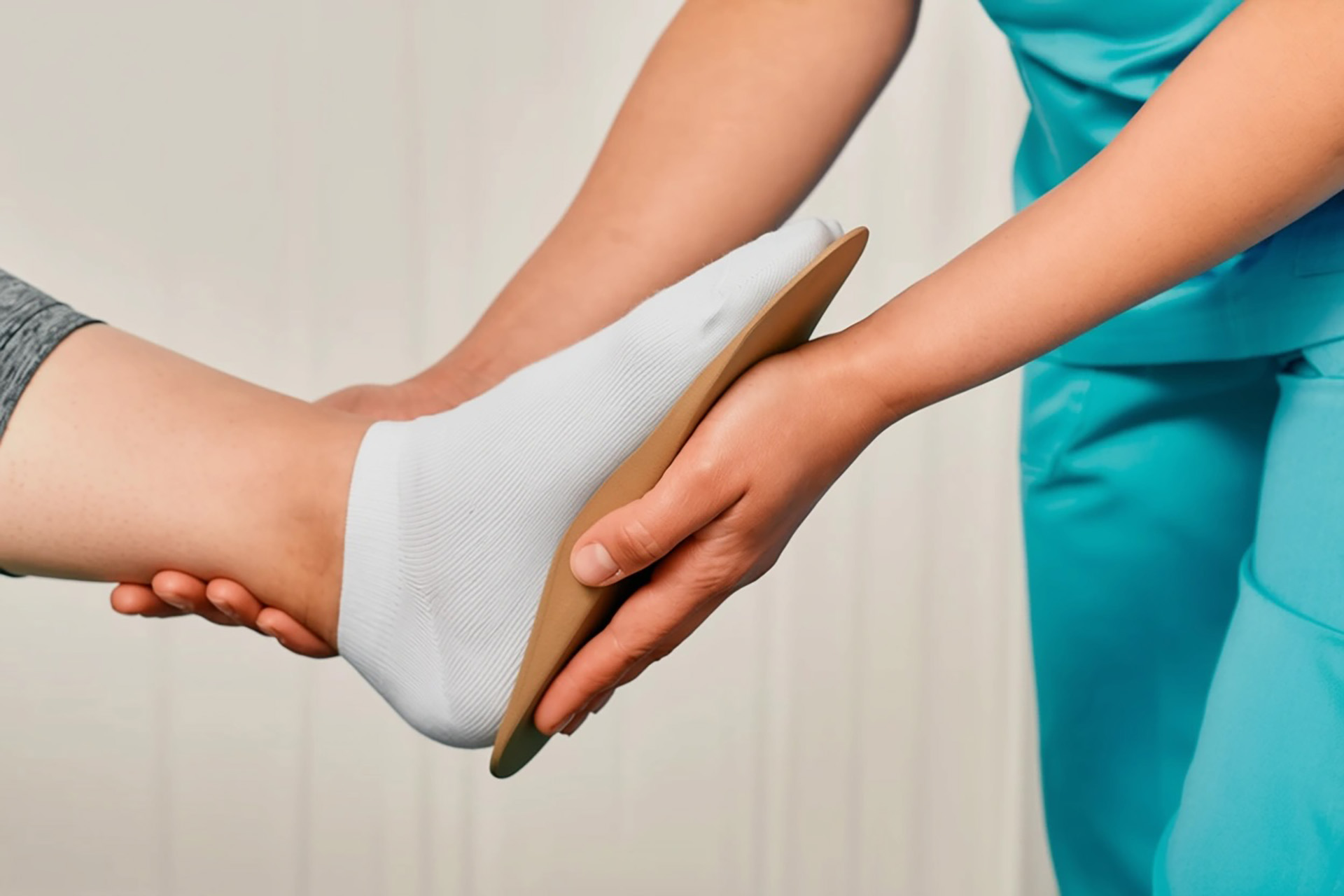
Shockwave Therapy
Shockwave Therapy is one of the most effective modern interventions for persistent calcaneal pain. It delivers focused acoustic energy to the affected area in the foot, stimulating healing and promoting the repair of damaged tissues. One of the primary goals of Shockwave Therapy is to alleviate pain in chronic cases by stimulating cellular repair, enhancing blood flow, and breaking down calcified deposits. This therapy is beneficial for chronic heel pain associated with plantar fasciitis or Achilles tendonitis that has not responded to conventional therapies.
Patients often report reduced pain and improved mobility within weeks of their initial session. When integrated into a broader rehabilitation plan that includes stretching and load management, Shockwave Therapy promotes healing without the need for invasive procedures.
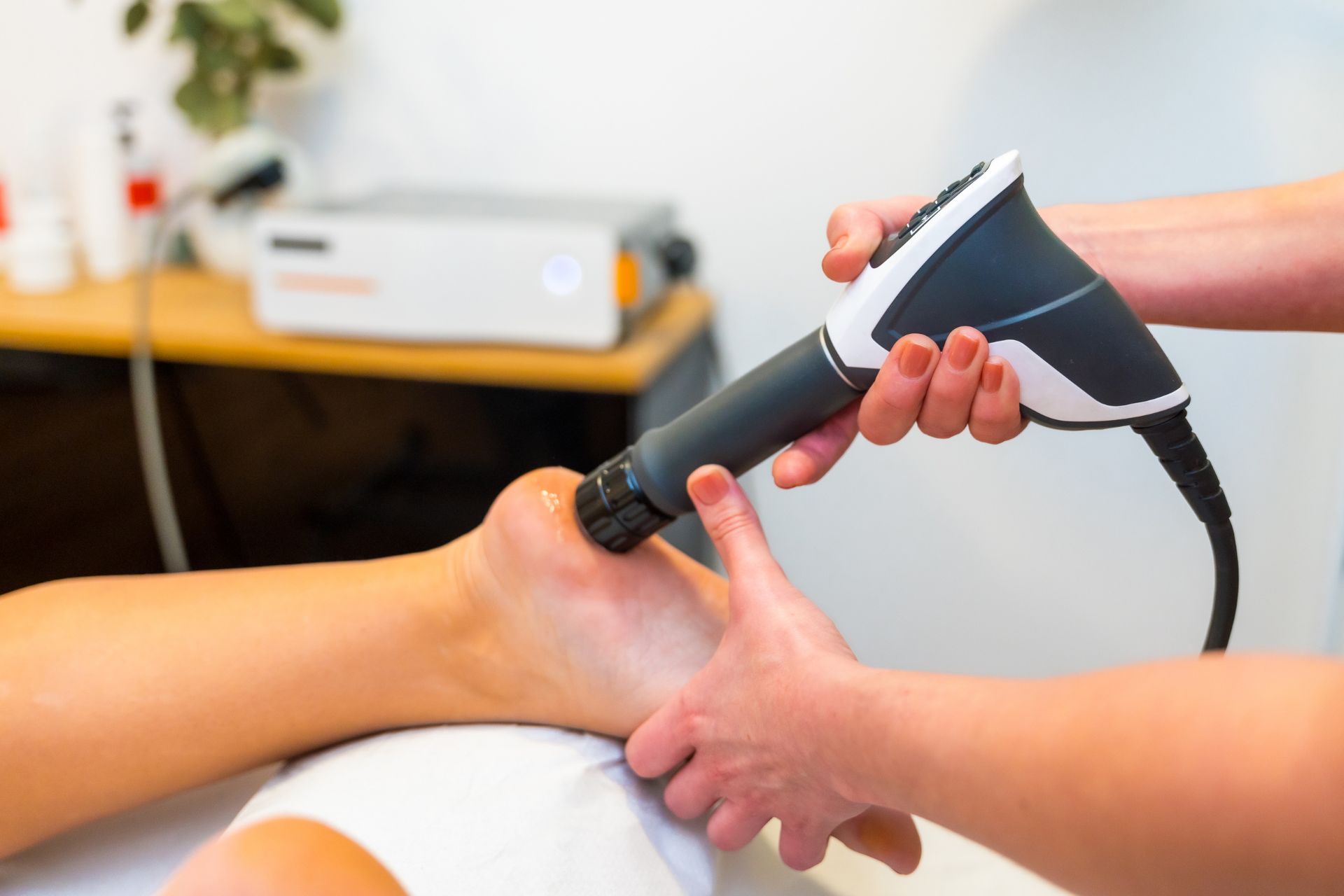
Mobilisation Exercises and Rehabilitation
Rest alone rarely resolves heel pain. Targeted mobilisation and strengthening exercises restore flexibility and resilience to the foot and lower leg through controlled and intentional activity. Stretching the calf muscle and the plantar fascia reduces stress on the heel bone and addresses tight tendons that may contribute to discomfort. These exercises promote healing and reduce pain over time.
Under physiotherapy guidance, these exercises are tailored to each patient’s needs, gradually introducing load without aggravating symptoms. Mobilisation therapy may also involve gentle manipulation of foot joints to improve mobility and correct subtle misalignments contributing to discomfort.
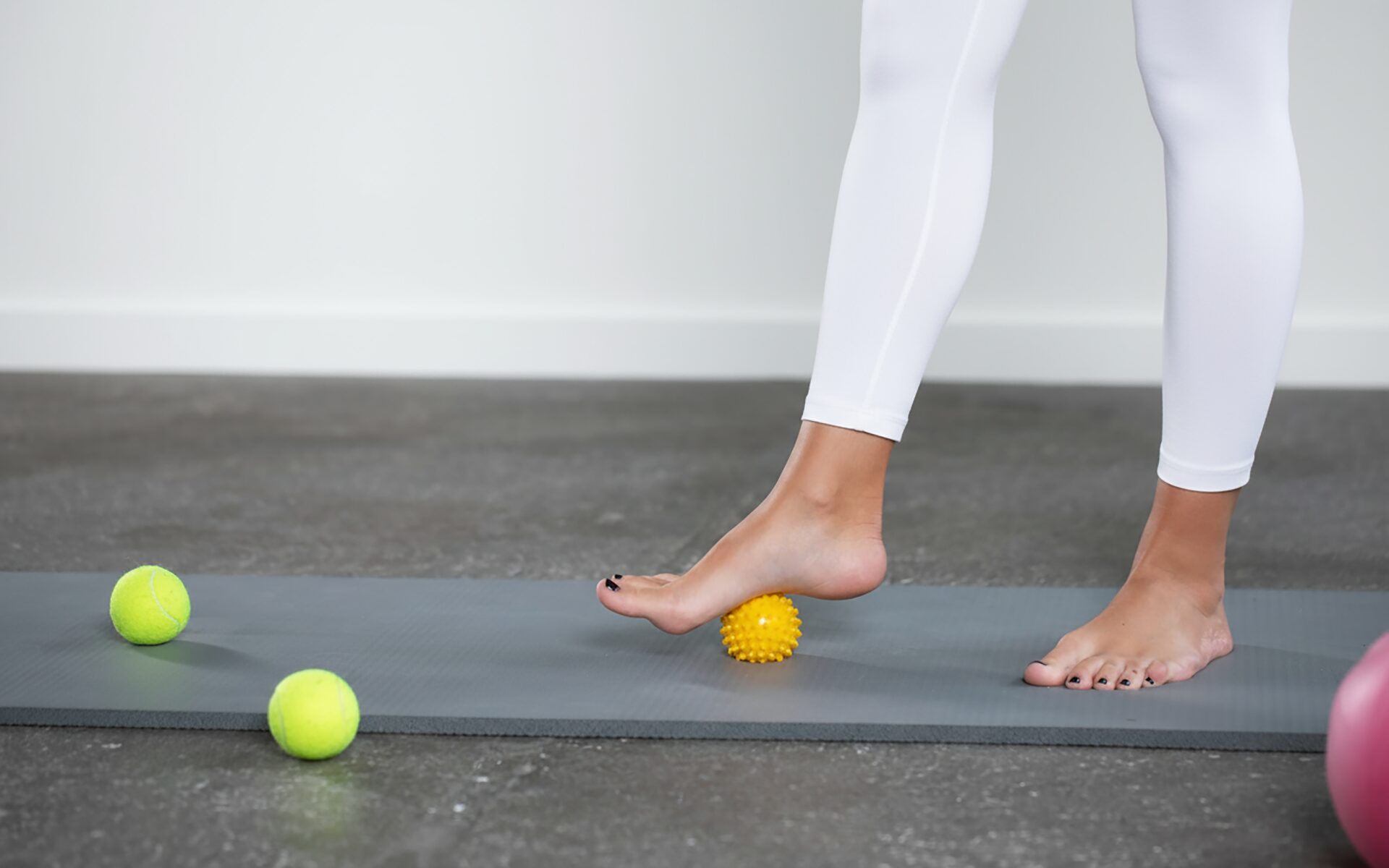
Prevention and Long-Term Care
The best way to prevent calcaneus pain is to have strong, flexible feet and wear supportive shoes that match your level of activity.
Maintaining a healthy weight also reduces the repetitive stress on the heel bone and helps prevent heel pain. For athletes, gradual training progression and regular rest days are crucial in avoiding overuse injuries. Runners should reduce their mileage and switch to softer surfaces to help prevent heel pain. Patients who experience calcaneal pain in the morning should prioritise daily stretching to keep the fascia supple and prevent recurrence.
Avoid walking barefoot, especially on hard surfaces like concrete or tile, as this can increase stress on the heel and worsen conditions like heel pad syndrome.
At The Foot Practice, long-term management includes follow-up assessments using RehaWalk gait analysis to track progress and ensure lasting improvement. This proactive approach helps patients return to pain-free movement, whether walking the city streets or training along Singapore’s Marina Bay or East Coast.

When to See a Professional
While mild heel discomfort may resolve with rest, persistent heel pain lasting more than 2 weeks requires a podiatric evaluation. Early diagnosis of heel pain is important to ensure effective management and to identify the underlying cause. Specialists can provide tailored heel pain management options, including non-surgical approaches, to alleviate symptoms and improve foot health. Signs that you need professional help include worsening pain with activity, swelling or redness, pain at rest, or difficulty walking without limping.
Ignoring early symptoms increases the risk of chronic inflammation or compensatory injuries higher up the kinetic chain, including the knees, hips and lower back. Seeking early intervention can help prevent chronic issues and expedite recovery.
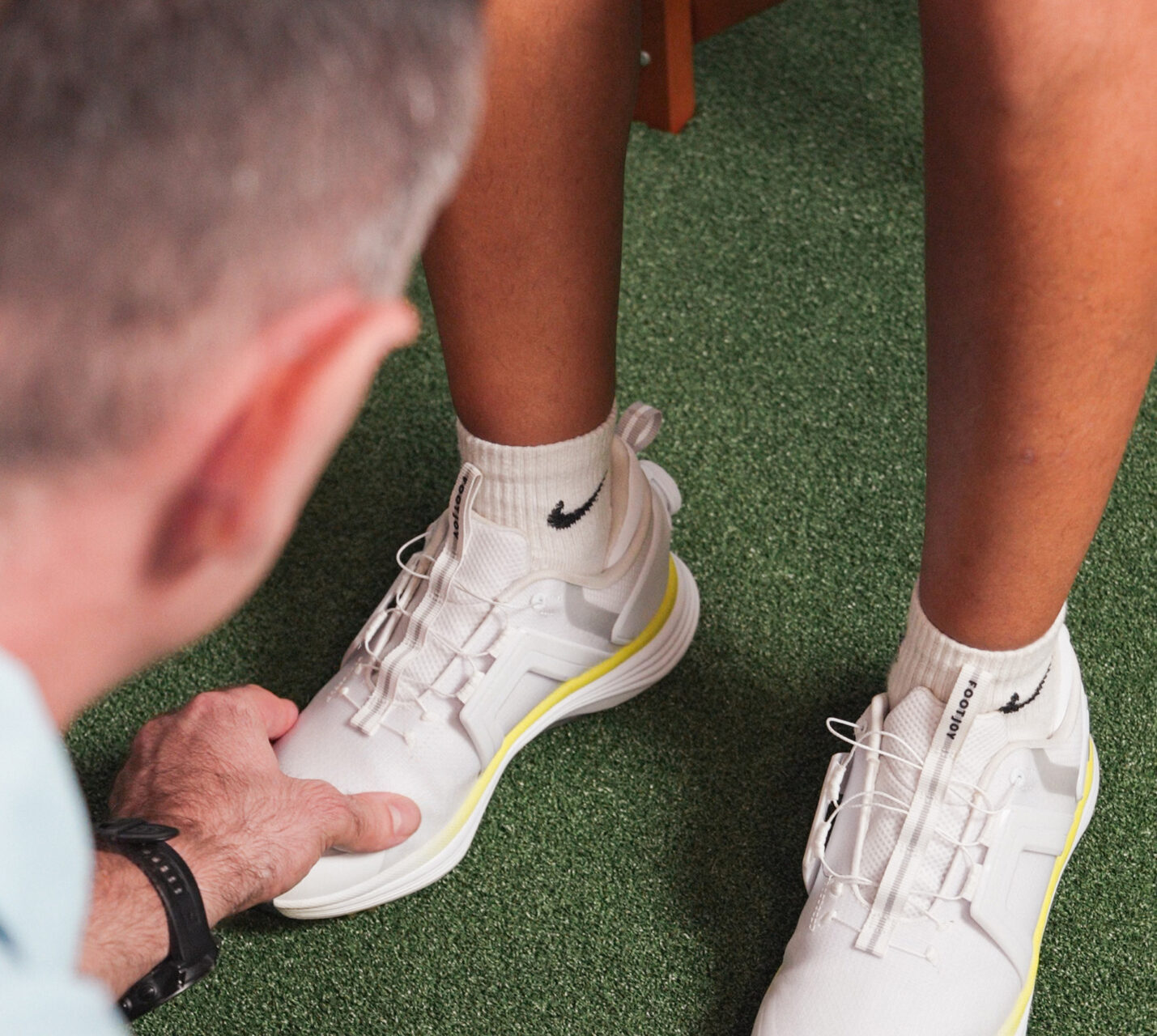
Start Your Journey to Pain-Free Movement
Do you experience heel pain or pain in the calcaneus in the morning? Early intervention is key. Consulting an expert can ensure you have effective, long-term management of your heel pain.
The Foot Practice’s podiatrists are experts in diagnosing and managing heel pain using evidence-based therapies for lasting recovery. Book now to start your customised calcaneus pain management today.


